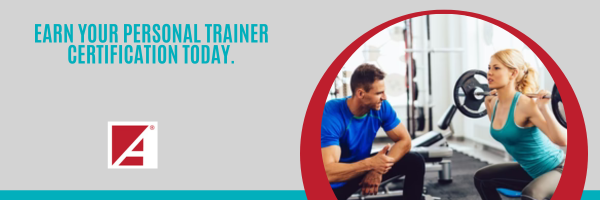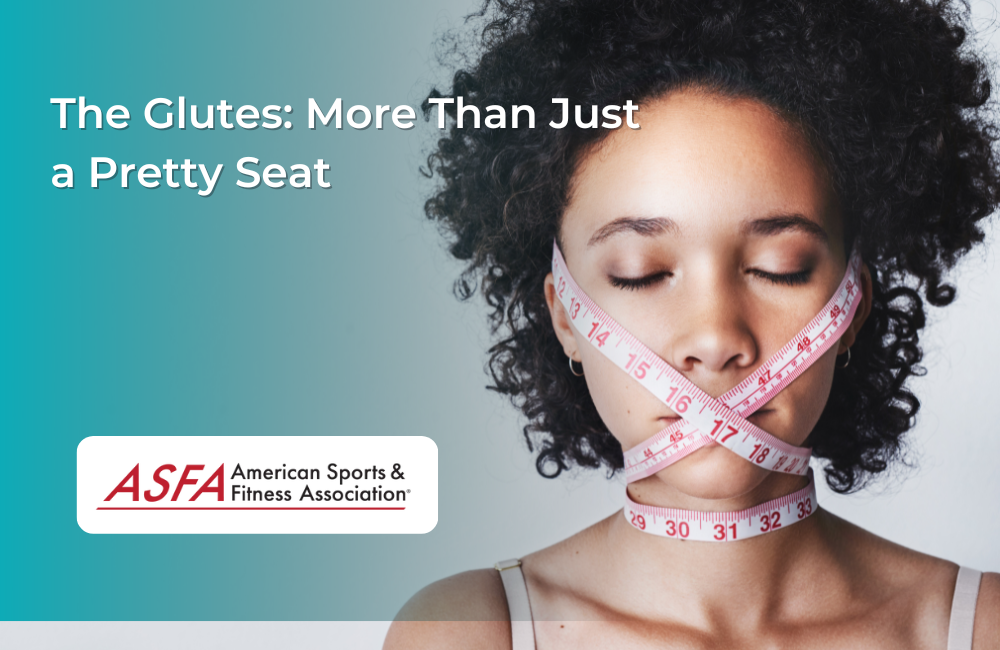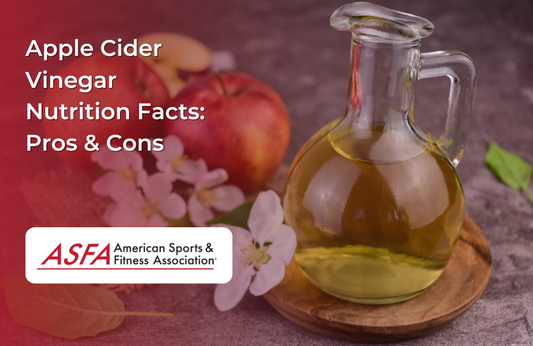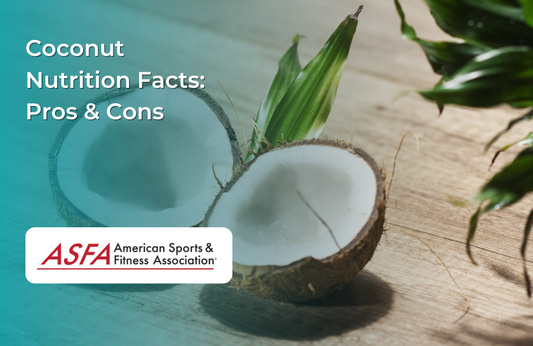The glutes are the most powerful muscle group in the body, and yet it's one of the most neglected. People spend hours at the gym trying to get stronger biceps or triceps, but what about their butts? If you want to be able to do more push-ups without losing form, burn more fat while sitting on your couch watching TV and prevent lower back pain, then strengthen your glutes!
The glutes are the biggest and strongest muscle in the body
They make up about half of your thigh, and they're responsible for hip extension, abduction, external rotation, and knee extension. The gluteus maximus is a large muscle that extends from your lower back to just below your buttocks. It helps you stand up straight and walk with good posture by supporting both sides of your spine at all times--even when you're sitting down!
The importance of strengthening the gluteus maximus. Weakness in this area can put you at risk for back pain or knee problems because it affects how well you stabilize yourself when standing upright on one leg (a common scenario). If there's a weakness here then we need other muscles such as hamstrings or quadriceps to take over this role which may lead them to become tight causing further problems such as runner's knee
The glutes are responsible for hip extension
The glutes are the largest muscle in your body, and they're responsible for hip extension, which is essentially thigh movement in the direction of your torso. Hip extension is important because it helps keep your feet on the ground when you're standing. If you have strong glutes, then they can also help push off during running and jumping activities. Strong glutes will also keep your lower back pain-free by supporting its natural curvature when standing or sitting up straight.
The best way to activate these muscles? Squatting! When we squat down low enough so that our thighs are parallel with our knees (and even lower), then we engage every single muscle group from our calves all the way up through our lower abs--and this includes those lovely little booty boosters known as "gluteus maximus" (or just "glutes").
They serve as an anchor point to help you balance during push-ups and squats
The glutes are responsible for hip extension, which is essentially thigh movement in the direction of your torso. This allows you to balance your body during push-ups and squats (and other exercises). When they're strong, they can help prevent you from tipping forward when standing on one foot and keep lower back pain at bay. Strong glutes also make it easier to burn fat--whether or not you work out every day!
As we discussed earlier, the glutes serve as an anchor point for stabilizing muscles throughout the body. So if you want more control over how strong those muscles are and how much flexibility they have, then strengthening them with exercises like squats and lunges will go a long way toward improving balance overall.
They prevent you from tipping forward when you're standing on one foot
Your gluteus maximus is one of the muscles that help you stand up straight. It also helps you keep your balance when you're walking or running, jumping, and squatting.
The gluteus maximus also plays an important role in athletic performance, especially in sports where speed is key (e.g., sprinting). This muscle gives athletes an edge over their competitors by allowing them to move around more quickly--and jump higher!
When your glutes are strong
The glutes are the muscles that make up your butt. They're responsible for stabilizing the pelvis, preventing lower back pain, and helping you stand taller. But the glutes aren't just about looking good in jeans--they also play a crucial role in athletic performance by helping you squat and run more effectively. Stronger glutes can also help prevent knee injuries by keeping your knees aligned properly during movement (which is especially important if you're an endurance runner).
To build stronger glutes:
- Perform squats using proper form (feet shoulder-width apart; toes pointed forward; chest up; lower yourself down until thighs reach parallel with the floor). Repeat 10 times per set three times per week.* Do single-leg deadlifts: Stand in front of a bench or sturdy chair so that half of one foot rests on top of it with the heel hanging off the edge; bend at the waist until the torso forms a 45-degree angle from the hips; repeat 6 times per side.* Squatting exercises improve balance and stability when running or jumping.* When performing any sort of exercise involving jumping motions such as box jumps or basketball layups try holding weights at sides during practice sessions so that extra resistance increases difficulty level which helps develop stronger muscles faster than doing nothing at all!
Strong glutes can help burn more fat
The glutes are the biggest and strongest muscle in your body. They're responsible for hip extension, which is essentially thigh movement in the direction of your torso. This action helps you balance during push-ups and squats and prevents you from tipping forward when you're standing on one foot. Strong glutes also help protect against lower back pain, improve posture, and burn more fat--whether you're just sitting on the couch or running to the gym every day!
It's time to start thinking about your butt as more than just a pretty seat
- The glutes are the biggest and strongest muscle in your body. They're responsible for hip extension, which is essentially thigh movement in the direction of your torso.
- When you do a push-up or squat, your glutes serve as an anchor point to help keep your balance during these exercises. When they're strong enough, they'll prevent you from tipping forward when you're standing on one foot (and thus making it easier for you to maintain good posture).
- Strong glutes also burn more fat than any other muscle group in our bodies--even when we're just sitting on the couch!
Conclusion
The glutes are the biggest and strongest muscle in the body. They serve as an anchor point to help you balance during push-ups and squats, and when your glutes are strong, you'll have less lower back pain and better posture. It's time to start thinking about your butt as more than just a pretty seat!





